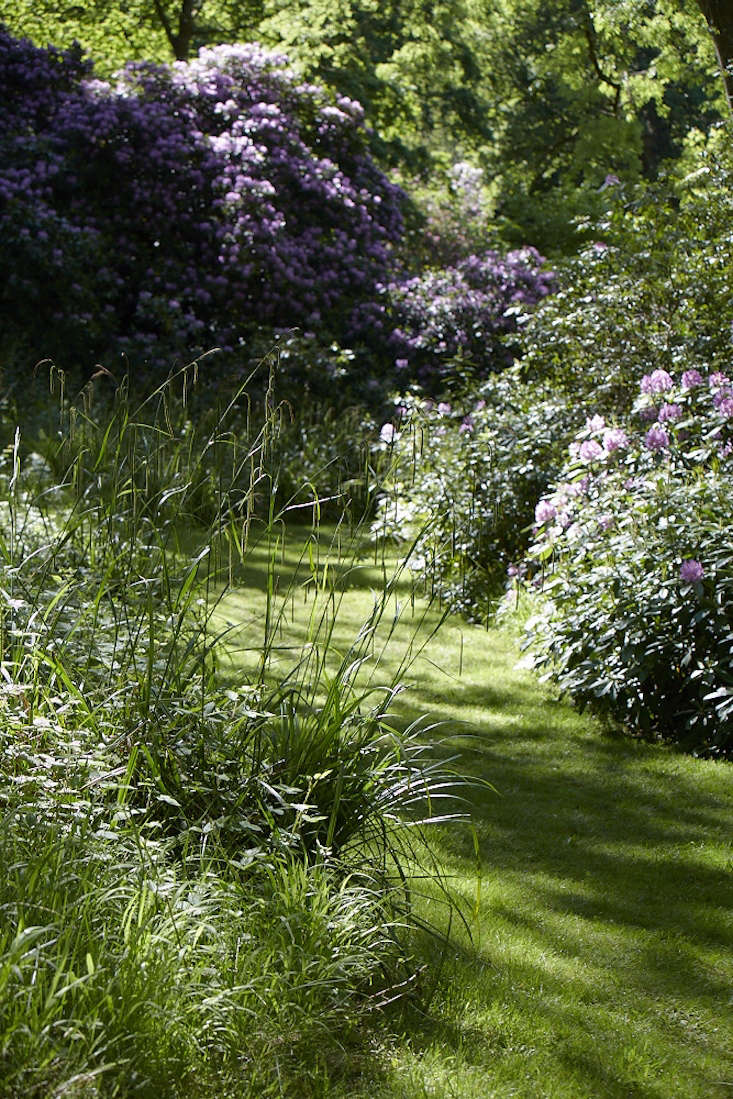What is humane gardening? According to Nancy Lawson, author of The Humane Gardener: Nurturing a Backyard Habitat for Wildlife, it means going beyond “birds, bees, and butterflies.” As she writes: “Humane gardeners embody the ethic of compassionate landscaping, challenging long-held assumptions about animals, plants, and themselves.”
So let’s start with an assumption about “wildlife gardening.” It’s about not using pesticides, feeding the birds and planting flowers for pollinators, right? In part. “It’s really about creating habitats,” Lawson says. “Thinking holistically.”
Here are five tips to get you started.
1. Design with the neighbors in mind.

A humane garden might look like a wild unkempt one to untrained eyes, so show your neighbors you are caring for the landscape by mowing a strip or adding a fountain. Lawson suggests “adding signs of human intention” to your design.

2. Know your allies.

Rather than trap or kill small mammals, celebrate them as gardening friends. Gophers aerate soil and moles till it. According to Lawson, moles don’t eat plants. “They eat worms —some of which are introduced.” Lawson plants into her mole hills. “The dirt has been kicked up—it’s wonderfully friable,” she says.
Rabbits, long considered a bane to gardeners, Lawson discusses with equanimity. “Rabbits are more of a problem in yards with manicured turf grass. There, they direct their attention to the plants dotted around the house. But in my garden, where there’s a bounty of edible options, they choose their favorites—clover and dandelions. Weeds, in other words.”
Opossums similarly help gardeners (and their pets) stay healthy. In her book, Lawson cites a study which measured possum-tick consumption—at a staggering 5000 week.
Lawson notes that most of North America’s terrestrial bird species feed their young spiders and insects, primarily caterpillars. Most bird parents need thousands of caterpillars to raise a single brood to the fledgling stage. And caterpillars are usually specialists, eating only the plants they coevolved with. So without native plants, you wouldn’t have baby bird food in the form of the caterpillars
3. Let sleeping logs lie.

Humane gardening underscores decay a fundamental part of life. Lawson explains: “Beetles live in rotting wood. Stumps provide food for woodpeckers. Similarly, logs lying on the ground provide homes for salamanders—they keep eggs protected from predators.”
Brush piles provide similarly important habitats. They shelter turtles, allow insects a place to overwinter, and offer food to birds.
4. Build a “catio.”

“Cats kill wildlife,” Lawson says. “It’s not the cat’s fault.” So create a ‘catio’ by enclosing an area of your deck or build a small balcony outside an apartment window. It’s safer for the cat, Lawson says, and helps protect snakes, mice, small rabbits, bats and birds, from their teeth and claws.














Have a Question or Comment About This Post?
Join the conversation (1)